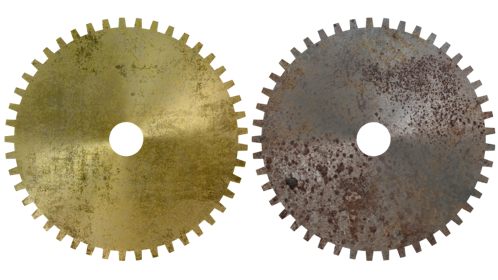Manufacturing in the 21st century: the role of mechatronics
January 28, 2019Manufacturing in America is back, in a big way – but there’s a catch. While output has been surging, employment is not. Today, manufacturing jobs account for only 8.5% of all employment in the United States. By contrast, in the late 1970s, the percentage was closer to 30%.
Paradoxically, while many workers complain that jobs remain scarce, industry can’t seem to find the workers it needs.
“There is currently a skills gap affecting the manufacturing industry. This gap has been growing for some time, but has reached new heights in the years since the 2008 recession,” Meghan Brown wrote for engineering.com earlier this year. The result has been that manufacturers are facing difficulties filling open positions due to a lack of qualified and skilled applicants.”
What skills in particular are in short supply? According to a report by Deloitte and The Manufacturing Institute (MFI), computer skills, problem solving, technical training, and mathematics top the list.
A factory worker in the 1970s wouldn’t have required these specific skills. Today, personnel at all levels in manufacturing need to have them. More and more processes have become automated. Robots are performing tasks once accomplished by human workers. And nearly everything that goes on in the plant is linked to computer systems. Indeed, the rise of automation and computerization is one of the main factors driving the output gains in recent years.
The changing nature of work is upending many traditional job descriptions and reshaping professional fields; simultaneously, it is giving rise to new ones. Consider the emergence of mechatronics, which combines aspects of mechanical engineering, robotics, and computer science.
Many analysts believe mechatronics can help tackle manufacturing’s skill shortage while ensuring workers – and their managers – have the skills needed for the 21st-century workplace.
“The manufacturing field is experiencing a skills gap, as more and more jobs with higher required skills open up and there aren’t enough qualified people to employ them,” the New Jersey Manufacturing Extension Program (NJMEP) wrote in a 2014 report. “Mechatronics provides the bridge manufacturing needs, by combining engineering in its various forms with technical and mechanical skills. Engineers can use classes in mechatronics to cross over into manufacturing with ease.”
Mechatronics is being taught at an increasingly large number of high schools and community colleges, providing needed early exposure. Meanwhile, universities like Capitol Tech offer mechatronics programs for students seeking the career boost that comes with a college degree. Capitol Tech currently offers bachelor’s degrees in mechatronics engineering and mechatronics and robotics engineering technology.
Dr. Nayef Abu-Ageel, dean of academics at Capitol Tech and chair of electrical engineering, says fields like mechatronics are crucial to the long-term outlook for American manufacturing, as well as to career prospects for those going into the sector.
“While no one can predict the future with absolute precision, it’s a safe bet that manufacturing will become even more intertwined with computers,” he says. “We’re going to see more of a role for automation and for artificial intelligence – ‘smart machines.’ Industry is going to continue to need people who have the right skill mix to interact with these machines, operate them, and troubleshoot them.”
“The world we live in today is complex,” he says. “To succeed, whether you’re on the factory floor or in management, you need to understand that complexity and be able to work with it.”



